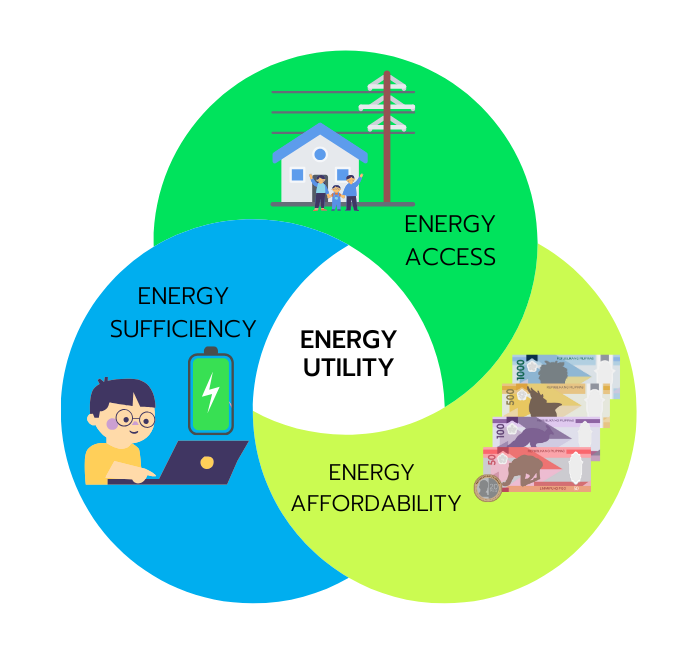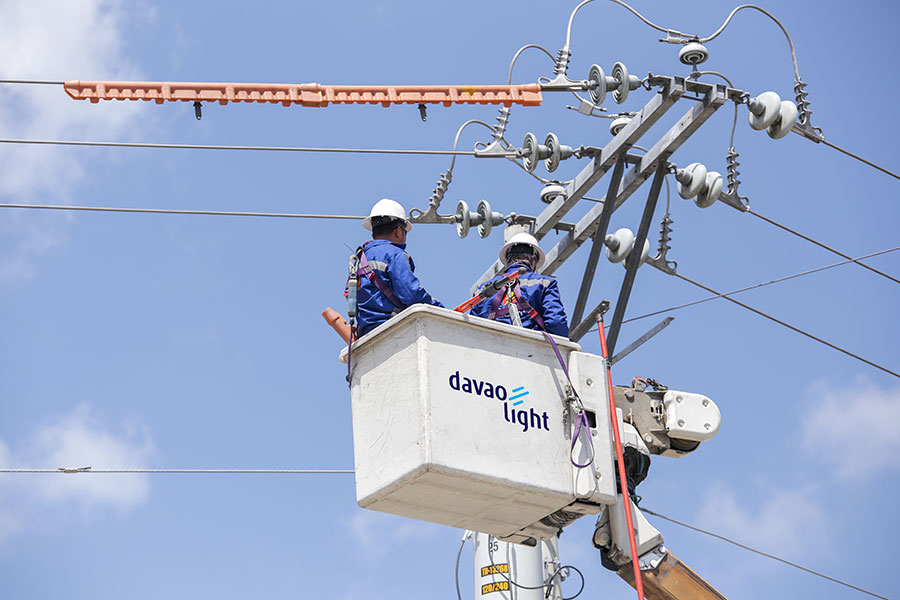The blackout that happened in Spain and Portugal late April gave the modern world a glimpse of what it would be like for a society so reliant on electricity to suddenly live without it. More than anything, it shows the vital importance of energy in our everyday lives.
This historic event, together with others that preceded it, led me to realize an energy utility nexus, which encompasses energy access, sufficiency, and affordability. While each one carries its own intrinsic utility to individuals and to society, taken alone, it cannot make energy useful without the other two. Each is a leg in a three-legged stool.
For about two million households in the Philippines who have yet to have electricity, it all begins with energy access. Without energy access as a precondition, societies cannot move people and materials from one place to another, build things, or connect with others.
In AboitizPower, we have seen time and time again the progress brought by the Sitio Electrification Program in previously underserved towns in Davao City. Students, small entrepreneurs, and even town officials tasked with security benefit from the transformative experience of having reliable electric lights, refrigerators, and an internet connection for the first time.
The importance of a thing isn’t most obvious until people are deprived of it, and this is certainly the case for energy. So much value — not just in economic or financial terms, but also with regards to human lives — can be eroded when energy access is hindered or removed. Closer to home, consider the Panay blackout in January 2024 or the one in Siargao last December. It shows why, without access to energy, when and where it’s wanted or needed, value cannot be created.
Value from energy will also not materialize if it is not sufficient — representing the second leg of the stool. In the electric power sector, for instance, what is required is the right amount of electricity supply plus a sufficient quantity of reserves for supply and demand to balance amidst the lows and the peaks of consumption. In other words, this means to have little when little is required, more if more is required, or none at all if there is no demand for it — all adjusting in real time. The obvious consequence of not having sufficient energy is that the value created from energy is reduced or it is not initiated at all. On the other hand, oversupplying or having too much would be wasteful if the energy isn't maximized, representing unrealized value.
The third leg is energy affordability. If the cost of energy is prohibitive, or not economically sustainable over time, then the value or utility created from it will not be viable. Perhaps there will be some utility using expensive energy — since no energy is far more expensive than none at all — but value creation will still suffer. On the other hand, if a cheaper energy alternative becomes available, then the value created will be better or have a higher utility.
Just imagine an off-grid community that is powered by diesel at over P30-per-kWh. Through the hybridization or diversification of their energy sources, costs can be reduced to about P20-per-kWh. Think of how much more productivity the community can gain with lower energy costs. In terms of competitive advantage, if energy access, sufficiency, and affordability are available or more prominent in another place, the value creation, all things constant, will naturally move to that place.
Extrapolate that to a regional or national level, and one begins to understand why higher utility costs — assuming there is already energy access and sufficiency in a given area — are among the top concerns in investing in the Philippines. In a pilot Philippine Business Climate Survey by the Bangko Sentral ng Pilipinas, the cost of utilities is among the most frequently cited by firms as the challenges or threats they have experienced or are currently experiencing.
The energy utility nexus is all about the use and value creation capabilities of energy. It does not differentiate where the electron or molecule is derived from. But this is not to discount the sustainability factor. Renewable energy certainly has its own worth, but it is to varying degrees. Like all other energy sources, it is no silver bullet, and it does not exist in a vacuum. Its role in the energy utility nexus, particularly on full systems cost, must be fully understood.



